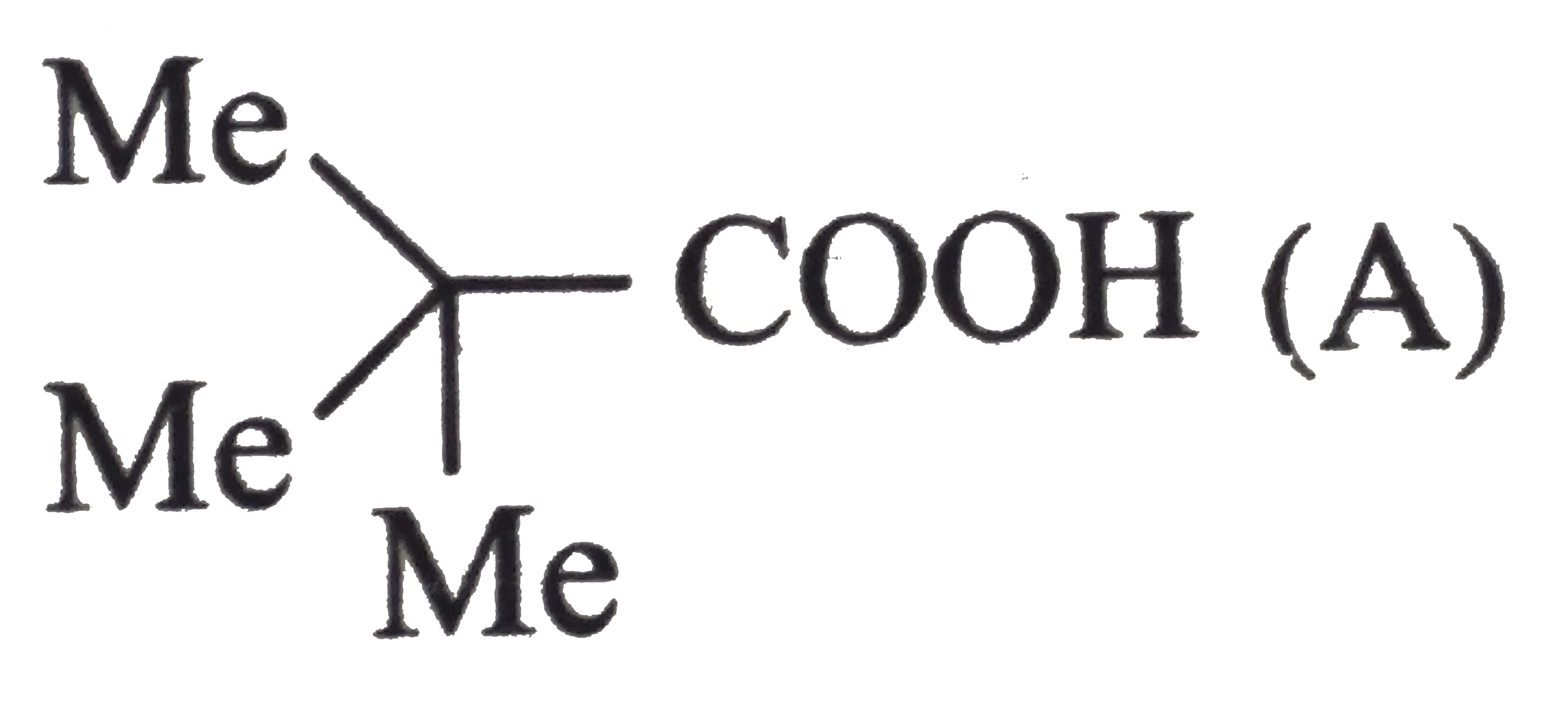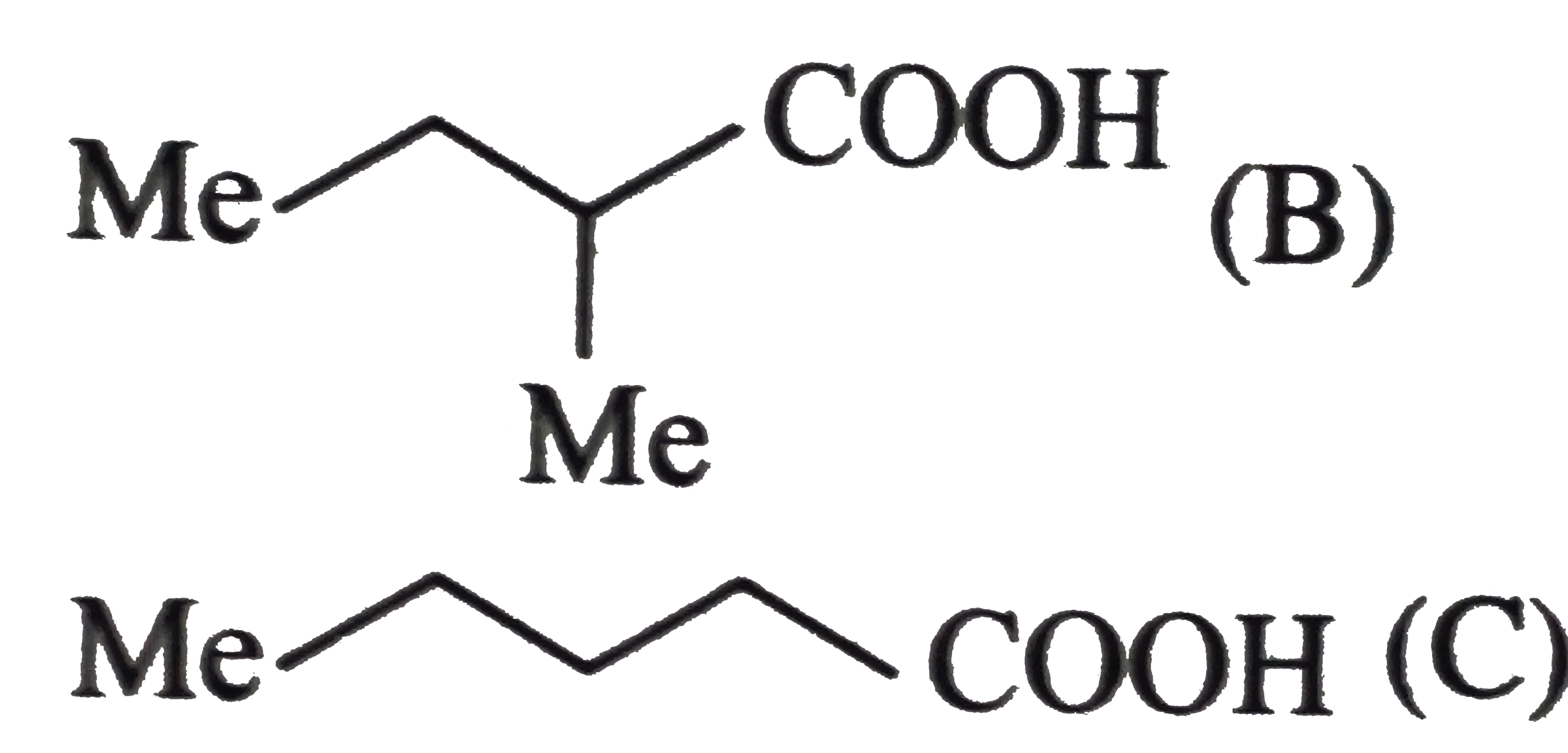Differentiate between the following :
Secondary and tertiary structure of protein
To differentiate between the secondary and tertiary structures of proteins, we can follow these steps:
Step 1: Definition of Secondary Structure
The secondary structure of a protein refers to the local folding of the polypeptide chain into specific shapes, primarily alpha helices and beta sheets. These structures are stabilized by hydrogen bonds between the backbone atoms in the polypeptide chain.
Step 2: Definition of Tertiary Structure
The tertiary structure of a protein is the overall three-dimensional shape of a single polypeptide chain. It results from the interactions among various side chains (R groups) of the amino acids, including hydrogen bonds, ionic bonds (salt bridges), disulfide bonds, and hydrophobic interactions.
Step 3: Key Differences
1. Nature of Structure:
- Secondary Structure: Involves local folding into structures like alpha helices and beta sheets.
- Tertiary Structure: Involves the overall three-dimensional arrangement of the entire polypeptide chain.
2. Stabilizing Interactions:
- Secondary Structure: Stabilized primarily by hydrogen bonds between the backbone atoms.
- Tertiary Structure: Stabilized by various interactions including hydrogen bonds, ionic bonds (salt bridges), disulfide bonds, and hydrophobic interactions.
3. Complexity:
- Secondary Structure: Generally simpler and consists of repetitive patterns.
- Tertiary Structure: More complex, as it involves the entire protein and its functional conformation.
Step 4: Examples
- Secondary Structure: Alpha helix and beta sheet.
- Tertiary Structure: The overall 3D shape of proteins like enzymes or antibodies.
Summary of Differences
| Feature | Secondary Structure | Tertiary Structure |
|-----------------------------|-----------------------------------------|--------------------------------------------|
| Nature of Structure | Local folding (alpha helix, beta sheet)| Overall 3D shape of the polypeptide chain |
| Stabilizing Interactions | Hydrogen bonds | Hydrogen bonds, ionic bonds, disulfide bonds, hydrophobic interactions |
| Complexity | Simpler, repetitive patterns | More complex, involves entire protein |
The secondary structure of a protein refers to the local folding of the polypeptide chain into specific shapes, primarily alpha helices and beta sheets. These structures are stabilized by hydrogen bonds between the backbone atoms in the polypeptide chain.
The tertiary structure of a protein is the overall three-dimensional shape of a single polypeptide chain. It results from the interactions among various side chains (R groups) of the amino acids, including hydrogen bonds, ionic bonds (salt bridges), disulfide bonds, and hydrophobic interactions.
1. Nature of Structure:
- Secondary Structure: Involves local folding into structures like alpha helices and beta sheets.
- Tertiary Structure: Involves the overall three-dimensional arrangement of the entire polypeptide chain.
- Secondary Structure: Stabilized primarily by hydrogen bonds between the backbone atoms.
- Tertiary Structure: Stabilized by various interactions including hydrogen bonds, ionic bonds (salt bridges), disulfide bonds, and hydrophobic interactions.
- Secondary Structure: Generally simpler and consists of repetitive patterns.
- Tertiary Structure: More complex, as it involves the entire protein and its functional conformation.
- Secondary Structure: Alpha helix and beta sheet.
- Tertiary Structure: The overall 3D shape of proteins like enzymes or antibodies.
| Feature | Secondary Structure | Tertiary Structure |
|-----------------------------|-----------------------------------------|--------------------------------------------|
| Nature of Structure | Local folding (alpha helix, beta sheet)| Overall 3D shape of the polypeptide chain |
| Stabilizing Interactions | Hydrogen bonds | Hydrogen bonds, ionic bonds, disulfide bonds, hydrophobic interactions |
| Complexity | Simpler, repetitive patterns | More complex, involves entire protein |
Topper's Solved these Questions
- BOOK - CBSE COMPLEMENTARY MATERIALCHAPTER - BIOMOLECULESEXERCISE - SHORT ANSWER-I TYPE QUESTION27videos
BIOMOLECULES
- BOOK - CBSE COMPLEMENTARY MATERIALCHAPTER - AMINESEXERCISE - 5 MARKS7videos
AMINES
- BOOK - CBSE COMPLEMENTARY MATERIALCHAPTER - CHEMICAL KINETICSEXERCISE - LONG ANSWER TYPE QUESTIONS12videos
CHEMICAL KINETICS
Similar Questions
Differentiate between the following.
Flora and faunaView SolutionDifferentiate between the following.
Homospory and heterosporyView SolutionDifferentiate between the following.
Apogamy and aposporyView SolutionDifferentiate between the following
Tendons and ligaments.View SolutionDifferentiate between the following acids :
(a)
(b) View Solution
View SolutionDifferentiate between the following :
Amylose and AmylopectinView SolutionDistinguish between the primary, secondary and tertiary structure of protein.
View SolutionDescribe the primary, secondary and tertiary structures of proteins
View SolutionDifferentiate between the following.
Endangered and extinct speciesView SolutionDifferentiate between the following.
Zoo and wildlife sanctuaryView Solution

